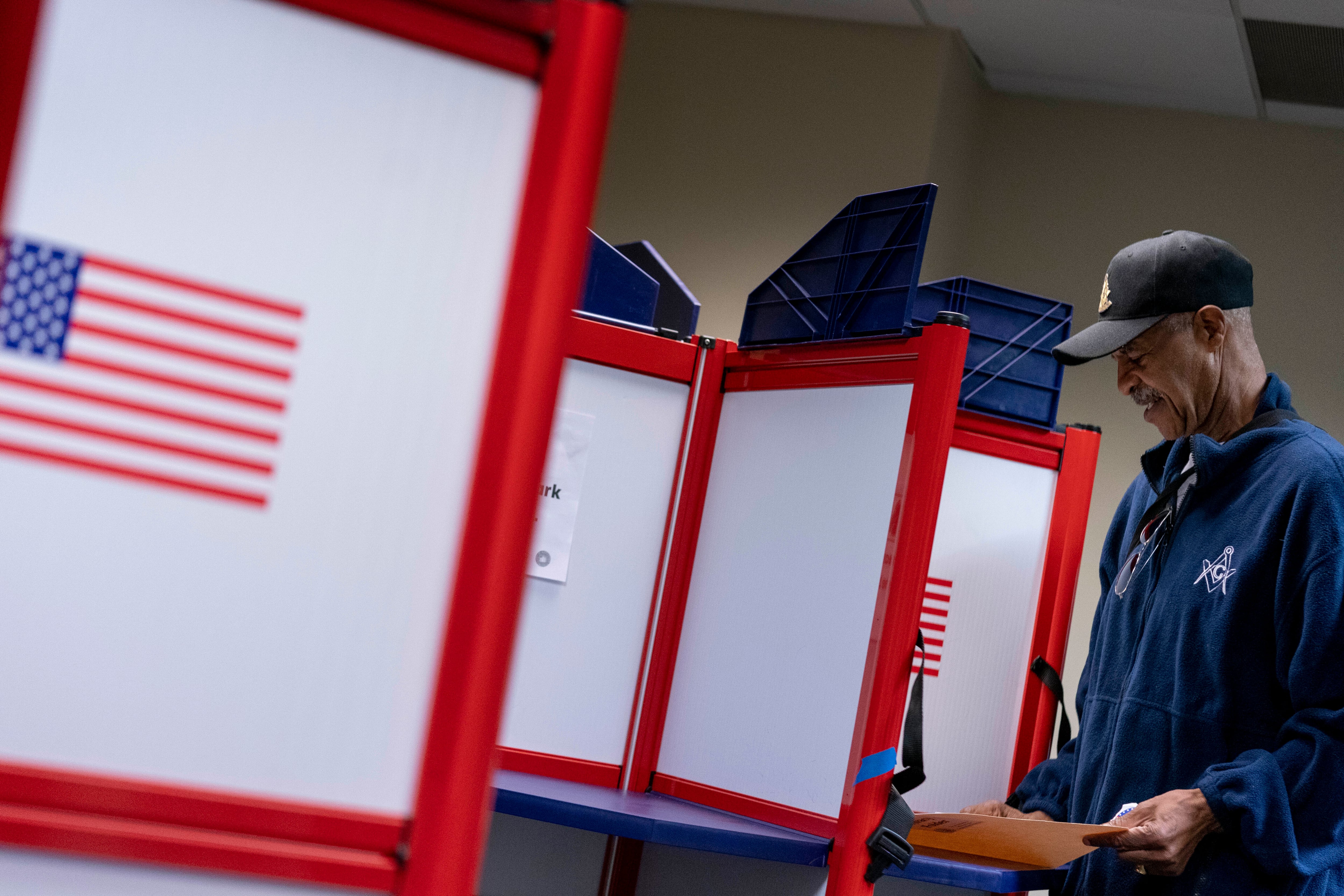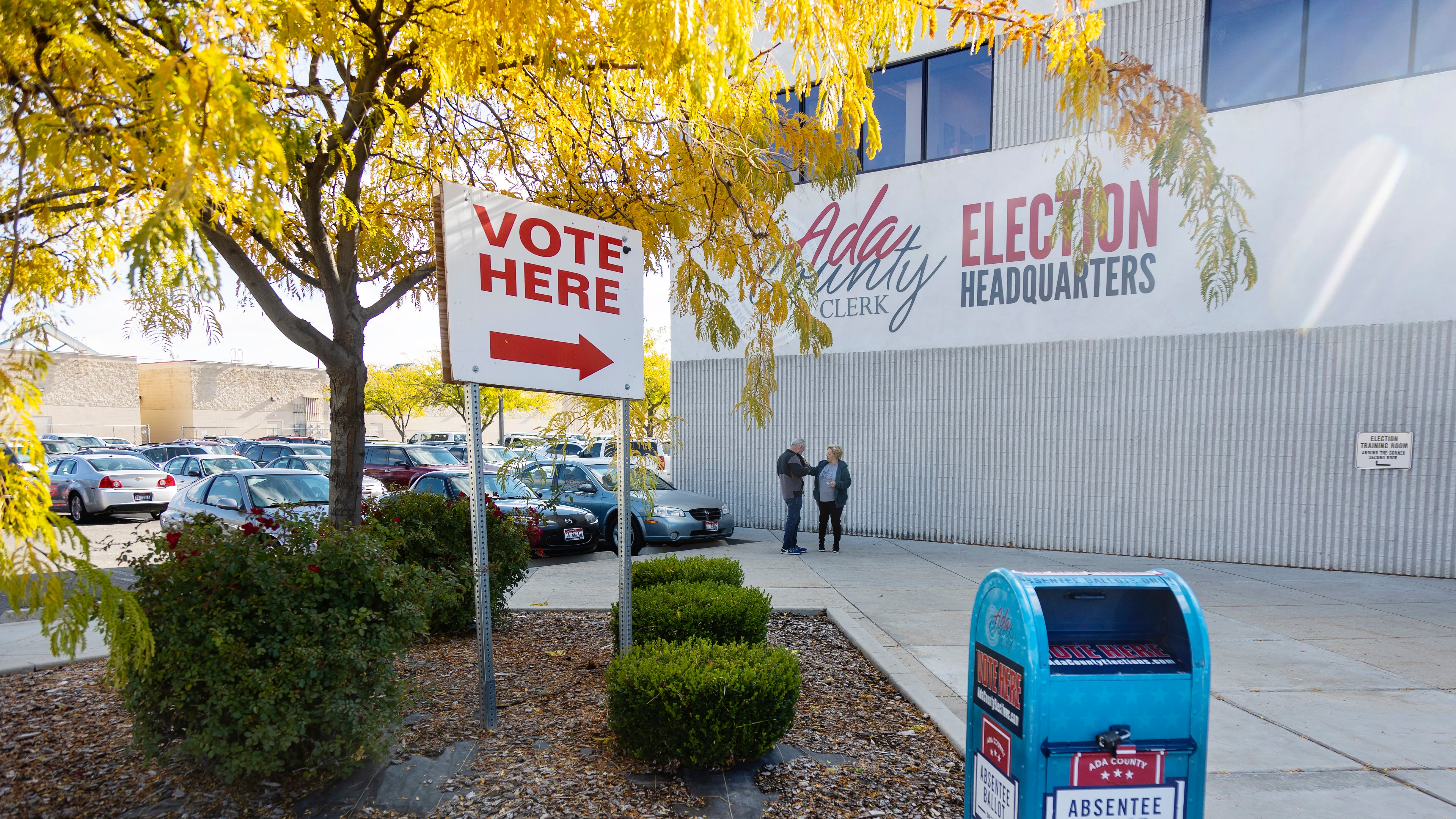Officials from the non-partisan Veterans Campaign are predicting the number of veterans serving in Congress will increase following the results of the upcoming congressional midterm elections, based on the number of candidates running in winnable races.
“This is the first significant increase in congressional military service in half a century,” said Seth Lynn, a University of San Francisco adjunct professor and founder of the Veterans Campaign, which studies the participation and impact of veterans in public office.
However, the total is still likely to be fewer than 100 veterans in the House and Senate. In 1995, at the start of the 104th Congress, veterans held 213 seats. In 1973, the total was 401 — 75% of all the seats in both chambers.
RELATED

Still, even a small increase in veterans in Congress is significant given the slow decline in the number of individuals with military service in America.
Since the all-volunteer force was instituted in 1973, the number of Americans to serve in the armed forces has decreased steadily. In 1980, about one in every eight American citizens had served in the military, according to the U.S. Census Bureau. By 2020, that figure was closer to one in every 17 American citizens.
There are about 18 million veterans living in America today. Nearly 200 veterans won major-party primaries this year and will vie for a seat in Congress in the midterm elections, making it the largest field of candidates with military experience in a decade.
“We’ve tracked veteran candidates in every congressional election since 2000 and we’ve never seen this many veteran challengers secure a major party nomination,” Lynn said.
Looking at specific races, Veterans Campaign officials believe that 73 veterans are running in House districts they should win. Six more races that are toss-ups feature two veterans squaring off against each other.
Twelve veterans serving in the Senate are not up for election this cycle. And two more incumbent Senate veterans (Illinois Democrat Tammy Duckworth and Connecticut Democrat Richard Blumenthal) are heavily favored in their reelection bids.
RELATED

That’s a baseline of 90 veterans in the House and Senate at the start of the 118th Congress, one fewer than the total at the start of the 117th Congress two years ago.
Lynn said he expects between three and eight additional House races will feature veteran winners. Six Senate candidates who are veterans are also in toss-up races.
The number of members of Congress with military backgrounds increased from 2013 to 2015 (up four) and again in 2017 (up three), but the total hasn’t risen by more than 1% of the congressional seat total since 1967 (when it was up 12 veterans from the previous session of Congress).
Veterans running as Republican candidates outnumber Democratic ones by nearly a two-to-one margin.
Leo covers Congress, Veterans Affairs and the White House for Military Times. He has covered Washington, D.C. since 2004, focusing on military personnel and veterans policies. His work has earned numerous honors, including a 2009 Polk award, a 2010 National Headliner Award, the IAVA Leadership in Journalism award and the VFW News Media award.





